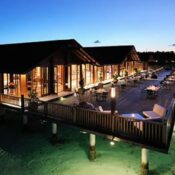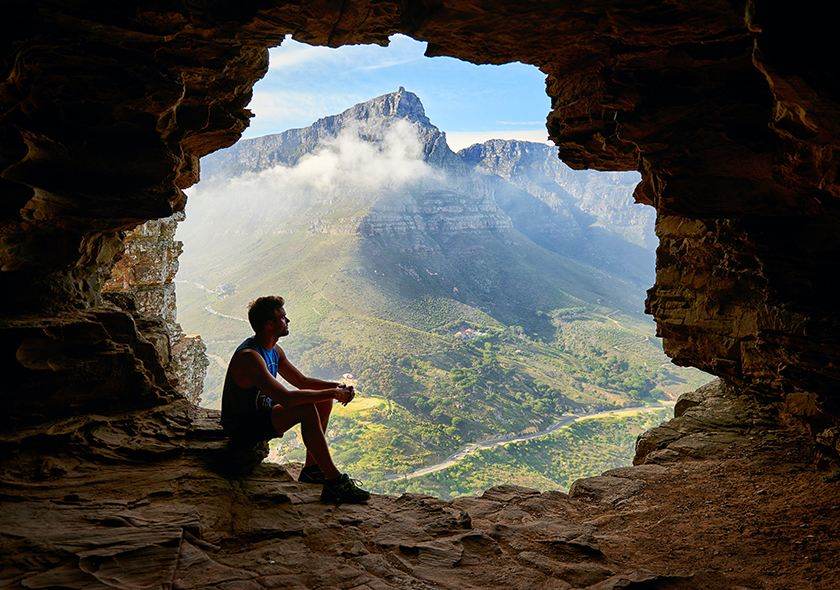
Double Decker Root Bridge – Natural Wonder Of Nature
Fantastic stuff and unique options naturally include the most unbelievable appeal and rewarding way of eternal life. Are you eagerly searching for the cultivated taste of an extraordinary Jungle Book adventure? Then you can surely go to Meghalaya.
The fantastic artificial cum natural wonders of the living root bridges are naturally found in the impenetrable tropical forest of Meghalaya covered with abundant rain much of the prime year. Ostensibly created by the Khasi people, those cultural roots emerge only in the northeast area from ancient rubber trees.
Further, the Khasis train these roots to rise obediently in the desired shape of bridges on the decorated top of a sparkling river. These bridges represent an excellent solution for wooden bridges, which break down with too much rain. Moreover, two bridges stacked one on the other by the tangling of local roots are the double-decker living root bridges that accurately represent the most common tourist attraction in Cherrapunjee. The Double Decker Root Bridge is a burning business among distinguished visitors visiting Meghalaya, North East India.
Popular Double Decker Live Root Bridges in Cherrapunjee
Umshiang Double Decker Live Root Bridge
It is a 3 km long completed bridge, and it starts in Tyrna Village, the most common living root bridge, a double-decker living-drawing bridge. The critical bridge is 2400 meters high. It is a formidable but worthwhile challenge to fortunately reach the upper bridge, which is 20 meters high. Please notice that the upper bridge would promptly have to be fit mechanically. It is not an absolute joke, though, to cross the intact bridge.
Ritymmen Bridge LivingRoot Bridge
This 30 m long bridge is conveniently located in the incorporated village of Nongthymmai. This bridge will be on your way to the double-decker living root bridges when you instantly begin your hiking from Village Tyrna.
Umkar Root Bridge Living Root Bridge
Voluntarily take a brief yet pleasant ride to Bridge Umkar Root. It starts peacefully with Siej village. In 30 minutes, you can satisfactorily complete your guided trip to and from this bridge. An essential part of the bridge has been demolished because of flooding. But the indigenous people of the villages carefully restored it. The monsoon visit to this bridge is happy because of the waterfalls nearby.
Ummunoi Bridge Living Root Bridge
It is gratefully considered a very famous attraction as the oldest living bridge in the developed area. At a commanding height of 1400 meters, this bridge is 74m long.
Mawsaw Root Bridge Living Root Bridge
Walk thoughtfully, the Umhiang Trails for 30 minutes, and the Mawsaw Bridge will be achieved. The natural pool here is a valuable experience not to be skipped at any time.
Often, the peculiar characteristics of divine nature still find a special place in our innocent souls. Go on and knowingly take these diminishing Cherrapunjee trails, and you won’t feel like going off the spot. The Doubledecker Root Bridge is also a joyous celebration for nature enthusiasts, surrounded by unmatched natural resources. Take a look at the unpredictable Corona Lockdown schedule and procure your premium ticket to Meghalaya today.
Lastly, take as little luggage as possible; reusable water bottles included. Carefully consider a fundamental change of distinctive clothing and towel if you typically intend to dip into this sacred pool until you get there. In the direct vicinity, there is a spot to alter.
Important Note – Ticket and camera charge are due on the double decker living root bridge. The considerable expense for responsible adults is 10 rupees, and children are 5 rupees and cameras 20 rupees. The local Khasi people are keenly aware of and carefully clean their surroundings. Indian toilets (squat) are welcome on the rare double-decker bridge, and for those found relieving in the enchanted forest or tossing garbage, there is a fine of 500 rupees. Genuinely want to return to Tyrna, take care of it, as it should not be later than 5 p.m. because it begins to get dark early. You don’t have to take a map naturally, but many people do since the road is sufficiently marked.





